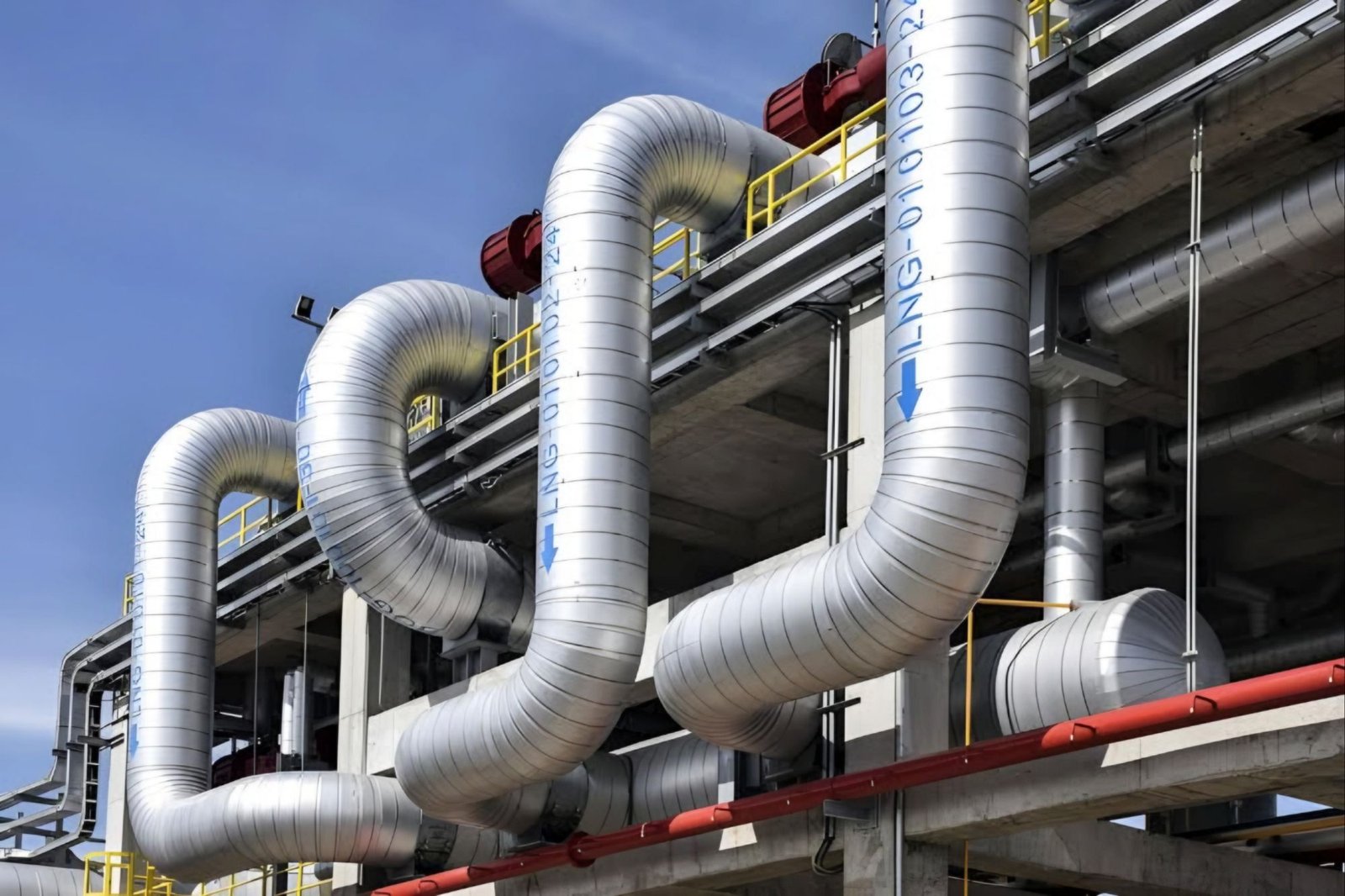
Under 100 Words: A Compact Summary
Pakistan is advancing an 800-kilometer gas pipeline from Iran, with an initial 80-kilometer section approved by the Cabinet Committee on Energy. The move, funded by the government, aims to meet surging energy demands despite potential scrutiny from Western allies. Pakistan justifies the project amid depleting domestic resources and a 29% reliance on imported liquefied natural gas (Pakistan Building Pipeline for Iranian Natural Gas Import).
- Pakistan is actively advancing the construction of a pipeline to facilitate the import of natural gas from Iran, deeming it a crucial measure to address the escalating energy demands within the nation. However, this strategic move is anticipated to draw scrutiny from Western allies.
- The decisive step forward was underscored by the recent approval from the Cabinet Committee on Energy, greenlighting the initiation of an 80-kilometer (40-mile) segment of the extensive 800-kilometer pipeline (Pakistan Building Pipeline for Iranian Natural Gas Import).
- This critical section will span from the Iranian border to Gwadar, a significant port city in Pakistan. Noteworthy is the reliance on government funds for this pivotal infrastructure development.

- The reluctance to pursue the pipeline project stemmed from investor reservations, primarily influenced by the United Nations sanctions imposed on Iran and the accompanying restrictions on dollar transactions (Pakistan Building Pipeline for Iranian Natural Gas Import).
- Despite Pakistan historically maintaining close diplomatic ties with both the United States and Iran, the signing of a 25-year gas deal in 2013 introduced potential legal complexities.
- Pakistan justifies its push for the pipeline by highlighting the imperative need for sufficient gas supplies to sustain its industrial sector, especially as domestic resources dwindle rapidly.
- An additional dimension to this energy strategy is the escalating reliance on imported liquefied natural gas, constituting 29% of the total supply, reflecting the country’s evolving energy landscape (Pakistan Building Pipeline for Iranian Natural Gas Import).
- As this venture progresses, Pakistan remains cognizant of the delicate geopolitical implications and the potential reactions from its Western allies.
ALSO READ – Road Secretary Projects 12-13k km of Highway Construction in FY24.